On this page:
- Grid energy storage system
- Residential storage trial
- Networks renewed - Yackandandah
- Mooroolbark community mini grid project
- Creating solar friendly neighbourhoods
Grid energy storage system
This project is an innovative non-network solution that can reduce the network peak demand and improve both power quality and reliability. The final trial involved a hybrid solution of both a 1MW/1MWh battery and a 1MVA diesel generator due to the lower cost of diesel generation compared to increasing the battery storage capacity.
In 2013, we initiated a two-year trial to investigate the benefits of large-scale battery storage on our distribution network.
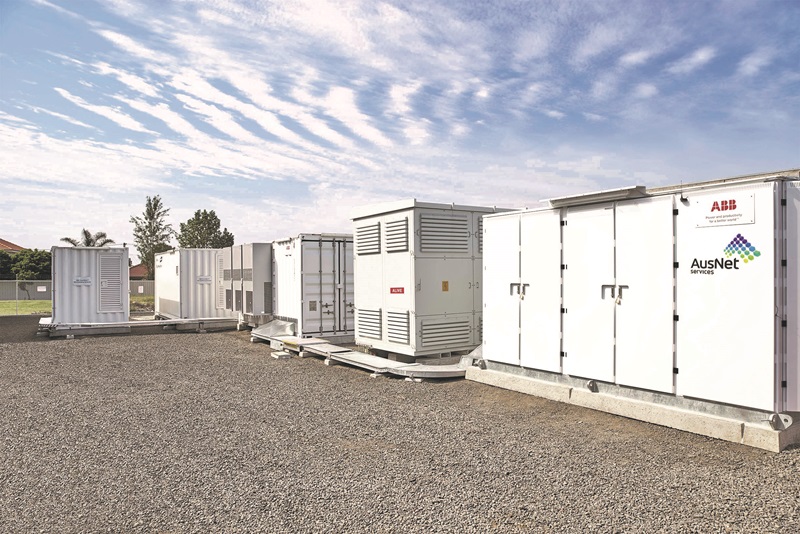
Why was the trial important?
This project is an innovative non-network solution that can reduce the network's peak demand and improve power quality and reliability. The final trial is a hybrid solution that involves a 1MW/1MWh battery and a 1MVA diesel generator - the cost of diesel generation is lower than the cost of increasing the battery storage capacity.
The Grid Energy Storage System (GESS) was designed to provide multiple value streams to test the full economic effectiveness of battery storage technology.
What did the trial investigate?
We initiated a trial to explore the potential benefits of large-scale battery storage on the 22kV distribution network. The trial resulted in the following benefits:
- peak demand support - discharging the battery during peak demand and charging it from the network grid during low demand periods
- power quality support - utilising the inverter's STATCOM capability to sink and source reactive power to maintain voltage balance, reduce voltage sags and power line losses
- increase security of supply - When in Island, the GESS controls the voltage and frequency to meet the customer load.
For more information, download Grid Energy Storage System (PDF, 2MB)
Residential storage trial
Electricity distribution networks and customers are increasingly interested in home energy storage battery systems. Adoption of grid-connected residential battery storage is still in the early stages; however, it is maturing rapidly. Storage systems are becoming readily available from solar installers and electricity retailers. The reduced cost of storage systems has also made it more affordable and accessible.
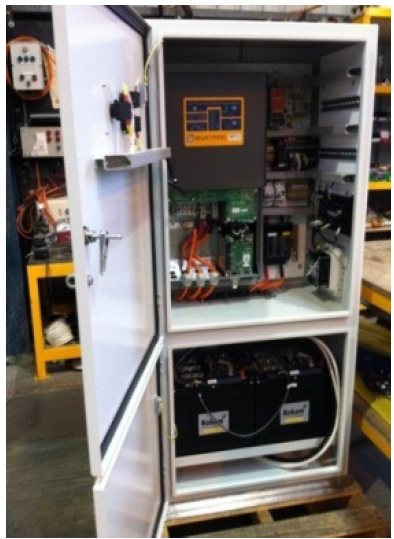
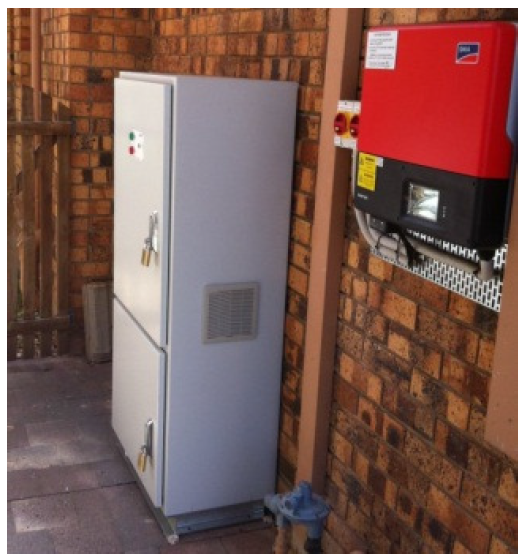
Why was the trial important?
Recognising the opportunities that energy storage presents, we initiated a Residential Battery Storage Trial in 2011 with regulatory funding from Demand Management Innovation Allowance (DMIA). The trial was in response to market maturity and affordability of residential battery storage, increased level of interest among consumers - particularly when combined with solar PV, and growth in consensus on the potential technical benefits for distribution network management.
What did the trial investigate?
The trial was one of the first of its kind in Australia and aimed to investigate the potential opportunity of residential battery storage. Key technical performances achieved included:
- coincident peak demand reduction - The RESS reduced customer peak demand by 1.1 kW when operating the customer-focused Tariff Optimisation algorithm. If controlled under a network centric algorithm, peak demand reduction increased to 1.9 kW, although this resulted in several customers exporting power from the RESS to the network. The PV systems alone were found to reduce coincident peak demand by approximately 0.5 kW for the 3 kW systems, or 15% of rated output
- solar export reduction - The RESS can significantly reduce solar exports that create voltage-rise issues in the LV network. The 3 kW PV systems exported an average of 6.3 kWh per day during summer. Under Tariff Optimisation, exports were reduced by 56% to 74%, suggesting that storage can facilitate double or triple the amount of increased PV penetration for a given voltage limit
- utilisation - The trial achieved a relatively high 82% utilisation of battery capacity under the Tariff Optimisation algorithm.
For more information, download Residential Battery Storage Trial (PDF, 2MB).
Networks renewed - Yackandandah
The aim of this trial was to provide a technically sound, economically rational and customer-centric solution.
The project brought together key players to:
- create change
- build social networks
- work towards shared vision and expectations
- develop learning processes.
Why was the trial important?
The rising adoption of rooftop solar led to the increasing likelihood of the distribution network experiencing voltage violations outside of the Electricity Distribution Code (EDC) and deteriorated power quality.
Traditional network solutions to address voltage violations include re-conductor or upgrading transformers, but these are very costly. Another option is for an innovative trial to test meter methods for voltage regulation. Networks Renewed is the first Australian trial to demonstrate that customer-owned solar PV can provide network support in the form of voltage regulation and power quality improvement.
Voltage can be suppressed during high penetration of solar into the distribution network by controlling the reactive power capabilities of residential smart inverters. This solution has also increased the solar hosting capacity on the grid.
Outcomes of the trial
- managed voltage constraints and fluctuations on the LV network via effective control of smart inverters and leveraging reactive power from customer's solar inverters
- integration of DER control with network operations - four inverter types were successfully controlled via two third-party aggregator platforms
- economic value of DER-sourced voltage support - a high-level economic comparison between the DER solution and the traditional network-side solutions
- feedback from participants - customers were satisfied with their involvement in the project and interested in deeper engagement with their future energy production and use.
For more information, visit the University of Technology Sydney website.
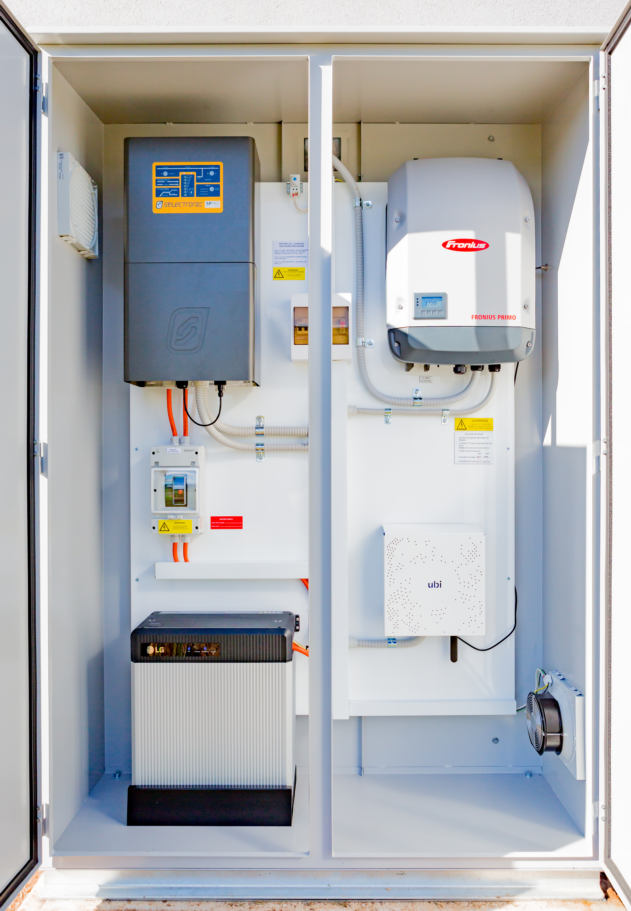
Trial equipment at home. Top left moving clockwise: SP Pro battery inverter, Fronius solar inverter, Ubi home controller and LG Battery pack.
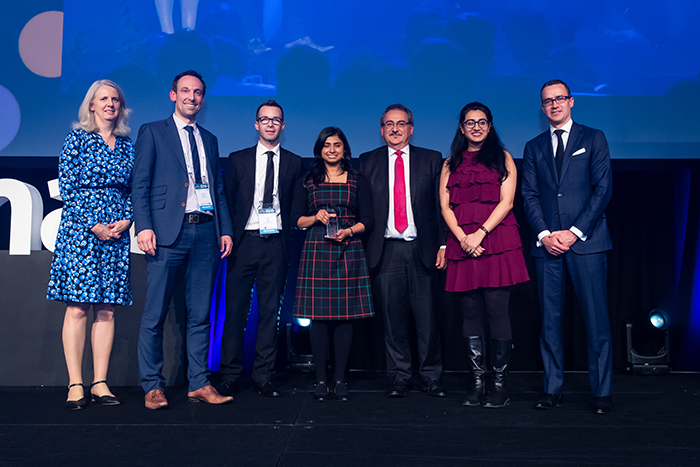
CEC Innovation Award
Mooroolbark community mini grid project
The energy market is transforming. The growth in solar power, energy storage and smart control technology has the potential to change the way Victoria produces, uses and sells energy. To help us prepare for this future, we’re trialing Australia’s first mini-grid in an established community.
Creating solar friendly neighbourhoods
We're trialing innovative technology to dynamically manage the network impact in response to a growing number of Australians adopting solar. The trial is in partnership with electricity distributor Jemena and the University of New South Wales and supported by the Australian Renewable Energy Agency (ARENA).
A successful trial enhances the performance of electricity networks to support increasing customer demand for home-grown solar energy.
When is the trial happening?
This trial ran from December 2019 to October 2020, and the results will be made publicly available at the conclusion of the trial.
Why is the trial being conducted?
As more customers install rooftop solar, the electricity grid infrastructure is under increased pressure. We're trialing innovative technology to maintain quality and reliability of supply while responding to customer demand for more residential usage of solar power.
What new technologies will be trialed?
The trial installed intelligent phase balancing technology in a selected area of Montrose, Victoria. These technologies are used overseas to automatically adjust grid voltages for increased efficiency and smooth power transmission. This includes:
- dynamic Phase Switching - special high-speed switches installed on a selected number of service poles, allowing customers’ energy loads to be dynamically adjusted between phases. This allows a better balance of solar and load on each phase and stabilizes voltage
- dynamic Power Compensator - a new device installed at the substation that dynamically balances loads and voltages between each phase of the transformer and enhances the transformer’s longevity.
Where will the trial be located?
Montrose was selected as it is an established, central location with above average penetration of rooftop solar – 23% compared with an average of 18% across our network.
What are the benefits?
If the trial is successful, these technologies will benefit our customers by:
- improving supply quality with stabilized and balanced voltages, resulting in efficient use of the grid
- increasing network performance for more customers to connect rooftop solar to the grid in the future
- allowing solar customers to feed excess solar power into the grid to supply their local community.
